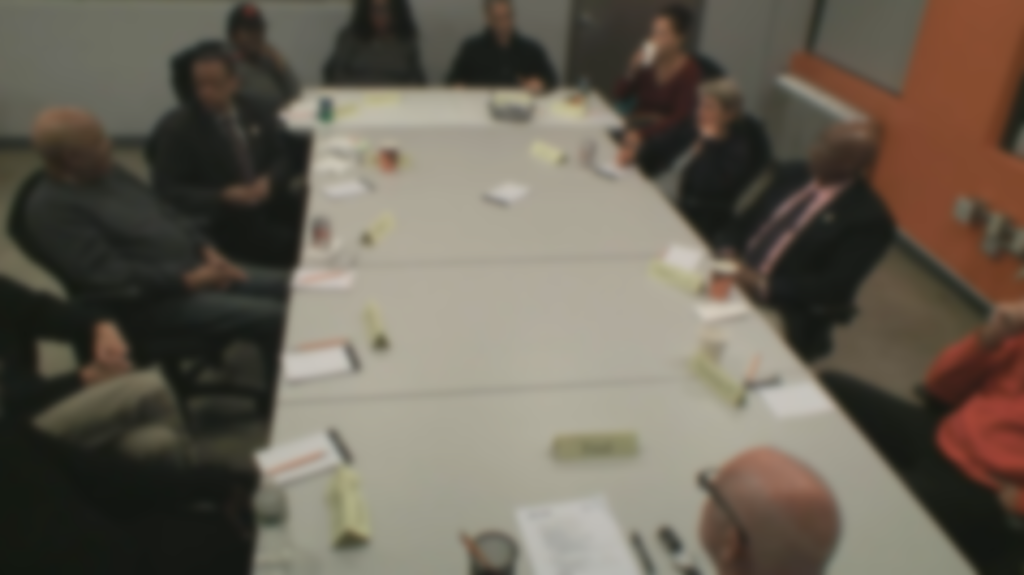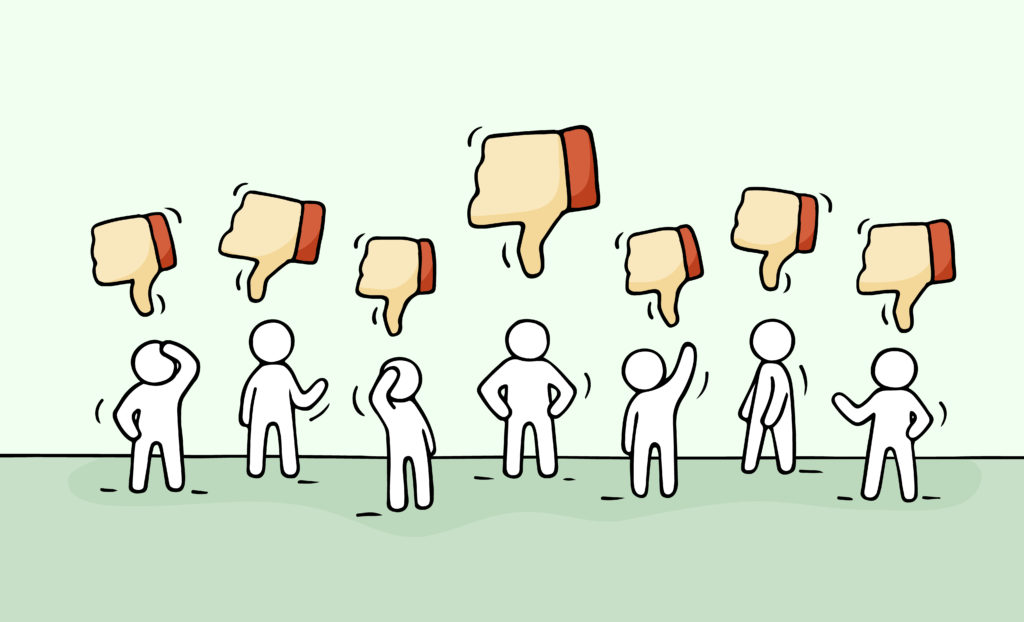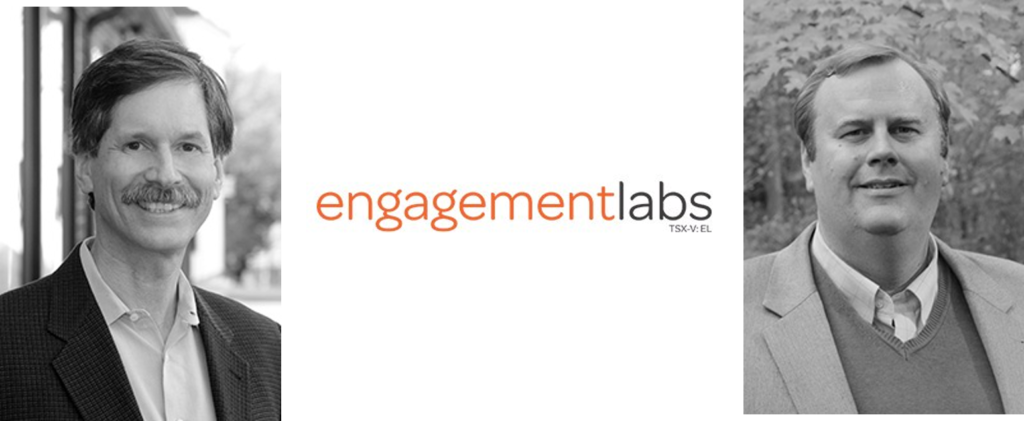 We now have more data available to us that at any time in the history of the radio broadcasting industry. And it’s only going to intensify as data collection matures and sources work together to consolidate the metrics we’re often struggling to use. Whether it’s proprietary station research, Nielsen ratings data, Google Analytics, social media numbers, or Shazam data, the diversity of data we have at our fingertips to help guide strategies and decision-making is truly amazing.
We now have more data available to us that at any time in the history of the radio broadcasting industry. And it’s only going to intensify as data collection matures and sources work together to consolidate the metrics we’re often struggling to use. Whether it’s proprietary station research, Nielsen ratings data, Google Analytics, social media numbers, or Shazam data, the diversity of data we have at our fingertips to help guide strategies and decision-making is truly amazing.
And yet, we’re often misusing the information we have. That point was driven home for me in a story by Janet Morrissey in Sunday’s New York Times – “Brands Heed Social Media. They’re Advised Not to Forget Word of Mouth.”
While social media provides spectacular, in-the-moment feedback, a study by Ed Keller and Brad Fay of Engagement Labs suggests that social media can often be a misleading source of information about consumers.
Sort of like basing decisions on feedback we used to hear about from the request lines.
As Fay told The Times, “The danger is you can make some pretty big mistakes if you assume the conversations happening online are also happening offline. Very often, they’re heading in different directions.”
And yet how often do I speak with programmers shaken by social media posts and comment threads they’re reading with horror on Facebook or Twitter?
 In the story, social media is aptly described as a useful early warning channel. But the key to nailing down true beliefs and perceptions boils down to conducting offline research to confirm the trajectory of opinions.
In the story, social media is aptly described as a useful early warning channel. But the key to nailing down true beliefs and perceptions boils down to conducting offline research to confirm the trajectory of opinions.
Morrissey writes that smart companies diversify their feedback by using familiar tools to radio managers and programmers:
Focus groups, in-store surveys, and even face-to-face conversations with listeners at station events.
From the standpoint of our consulting company, I have always recommended focus and/or listener advisory board groups to supplement perceptuals, music tests, and certainly, social media feedback.

I have leaned especially hard on groups to guide our ongoing architecture of our Classic Rock format, as well as Alternative and Active Rock. Staring at spreadsheets is only part of the picture.
The same holds true with our work in public radio, another arena where there’s never a shortage of data. While the metrics have value, I’ve conducted more focus groups (and one-on-one interviews) in the past 18 months for public radio brands trying to get their heads around “The Trump Bump” phenomenon currently driving many stations’ ratings.
I’ve learned things in focus groups you simply can’t glean from data or social media posts. There is something visceral and very human about truly listening to your listeners.
The fact is, people are more emotional – about everything – than perhaps they’ve ever been. Seeing facial expressions, hearing voice emphasis, and watching group dynamics are all part of the “data collection” process. With all the metrics, feedback, and information pouring into our radio stations, it is essential decision-makers select the optimal mix of data – hard and soft – from which to develop strategies and tactics.
As Fay concludes, “It’s not an either/or question; it’s important to look at both (online and offline feedback). Brands need to look at the total picture if they’re going to be successful.”
So stop getting angsty about Facebook, and start engaging with your audience.
- DJs And Baristas: Can They Save Their Companies? - May 2, 2025
- Radio’s New Audience Equation: Z Over Y = Trouble - May 1, 2025
- What Is It With Female Robot DJs? - April 30, 2025




Fred, Monitoring a 100 one-on-ones for a station research project was the most revealing week I’d ever spent in consumer marketing. More recently, during a predictive analytics panel discussion, a visibly frustrated business owner asked the question we’ve heard for decades – “Which half of my marketing spend is wasted?” Surprising! Reems of data and this (Madmen era) fear is still top of mind – wow. Her point introduced the topic of off line research. Several executives admitted becoming over dependent on Google Analytics and likes on social – shifting $$ away from off line customer contact to online. As the panel ended, we were asked to offer a take-away action step for attendees: As the “senior” member of the panel my nugget of advice was appropriately ol’ school: Be sure your data stack has a pulse.
What a great story, Jim. There’s nothing more arduous than conducting one-on-ones – and watching them is difficult, too. But there’s richness in those responses, especially when you start seeing hearing many of the same emotions and points being brought up again and again. And I love your end line, “Be sure your data stack has a pule.” Many thanks for commenting and adding your insight.
Funny – we wrote a piece on this back in 2012.
If you skim through it – you see it still holds true in 2017.
https://www.allaccess.com/merge/archive/14979/facebook-is-not-a-focus-group
We knew what we were talking about out even back then. 🙂
-Lori
So funny – I thought about you when I wrote the post. And I completely forgot about this great article from 5 years ago. I like your title better than mine: “Facebook is not a focus group.” True then. Even truer now. Thanks, Lori, for the wisdom and your good memory.
Great article (as is Lori’s from All Access)! Facebook is not a “representative sample” of your listeners.
Many thanks, Mike.
Fred…If Facebook isn’t a representation of our audience, what makes a focus group any more accurate? I haven’t done one in a few years, but getting participants was tough then…I can’t imagine how tough it would be today. In the past we’ve had participants drunk, high on whatever and there just to collect a check and a chocolate chip cookie. Twenty people promise to show, 8 do and you don’t really have a good sample base.
So clearly we didn’t have recruitment down. If that problem could be solved, it would be fabulous. Just my POV…
Jackson, thanks for the comment and making this point. I’ll say this – I’ve been moderating focus (and LAB) groups for more than four decades, and very few of them have “gone south.” Yes, at times, the recruiting has been shaky and an inebriated respondent has slipped into the room. But every research methodology has its “sand traps.” We may not see how many people who take online or telephone studies are drunk, distracted, lying – or all of the above.
The main point of the blog is a new research study points to the biases of outspoken people in social media. And the call to action is to diversify your research in much the same way you’d diversify your portfolio. Too many stations are over-relying on social media because it’s easy and it’s free. That may provide obvious advantages, but it’s no guarantee these “socializers” who are outspoken are representative. Radio has to work harder to get a full picture of what the audience is thinking and doing.
Listen to the people
Who listen
To you
Once again, 8 words says it all. Have you tried Twitter? 🙂 Thanks, Marty.